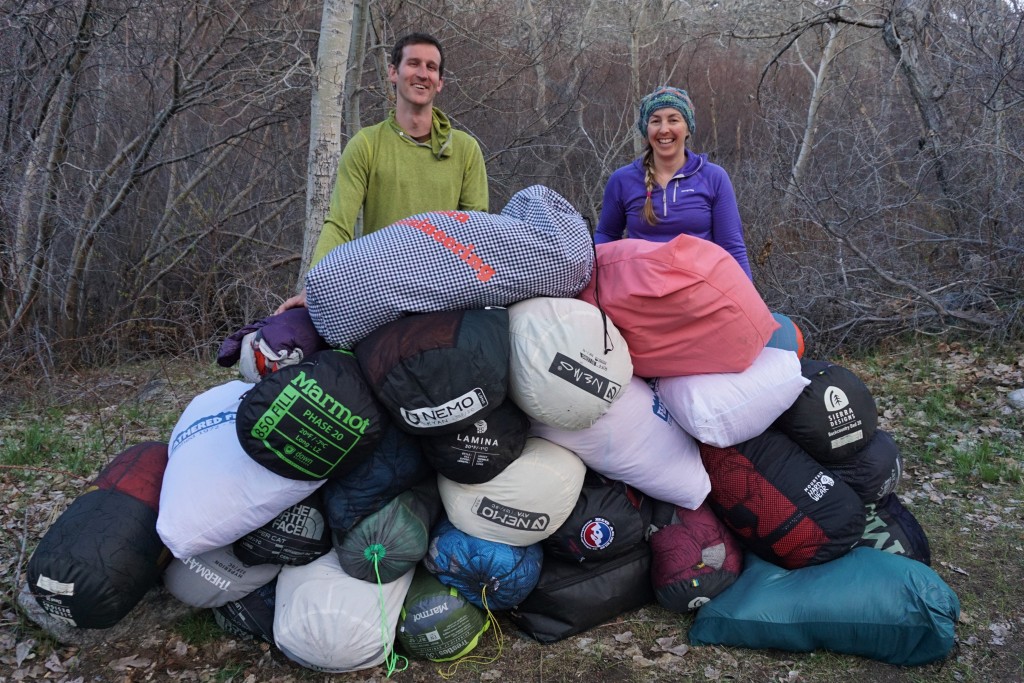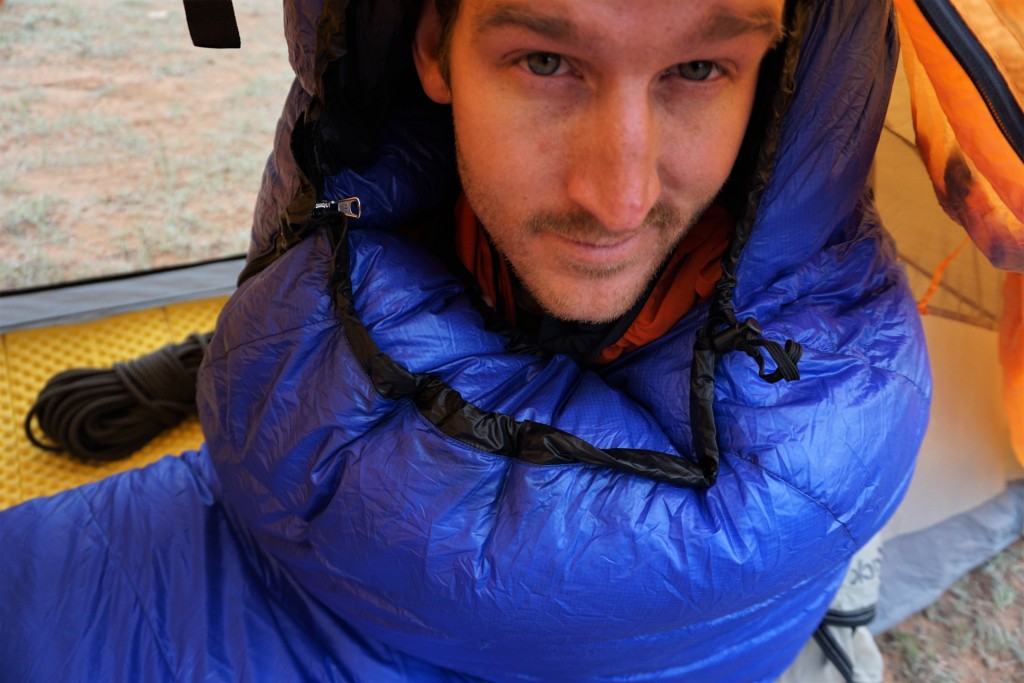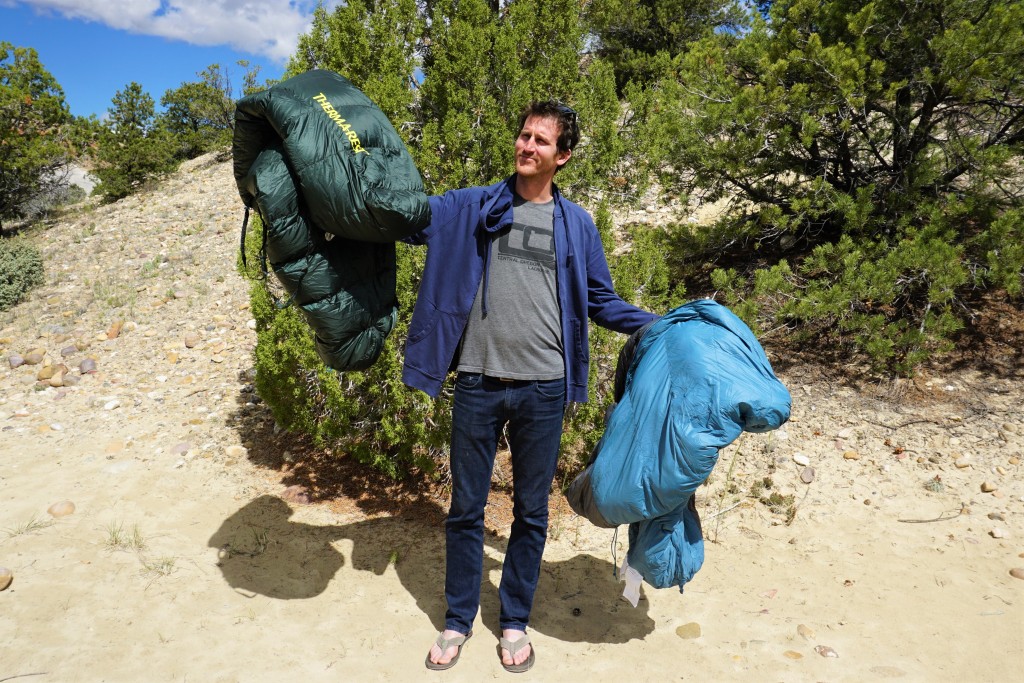Over the lifetime of our backpacking sleeping bag review, the team at GearLab has tested hundreds of different backpacking-specific bags hands-on. All the expertise gleaned from that considerable experience is directed into this review. Bags were loaned out to certified mountain guides, Appalachian and Pacific Crest Trail veterans, Yosemite Search and Rescue personnel, and novice backpackers to gather a wide variety of perspectives and feedback. Their opinions were instrumental in the development of our performance criteria. The standards by which we evaluated these criteria are discussed below.
Warmth
If sleeping bag warmth were easy to measure, then we wouldn't need the rigorous protocol and copper mannequin of the European Norm (EN) temperature ratings. However, even casual use of a few bags with identical EN ratings reveals that there is a lot more to your perceived warmth than the number on the side of a sleeping bag.
To add the human element to our warmth ratings, we first considered testing warmth while we were actually out backpacking, but the additional variables of the backcountry setting can complicate things. Basic stuff like fluctuating air temperatures and wind speed have big effects. And subtler things, such as tent design, sleeping pad quality, underlying sleeping surface, and the number of tent buddies, also play an undeniable role.
To reduce these issues, we decided to test warmth in the “lab.” Each night for three months, we turned the thermostat down to 48°F and slept in a bag at home. Bags were selected randomly and switched each night so that by the end, all had been used at least three nights. At the end, we reviewed our meticulous notes and identified noticeable differences in warmth between bags with similar EN ratings.
Weight
Measuring weight is pretty straightforward. To evaluate this performance criterion, we weighed each bag by itself on a digital scale. Any included stuff or compression sacks were weighed separately. The weight of these sacks is noted in our comparison table, but the score is based solely on the weight of the bag alone. We did this because we assume many users will buy a third-party compression sack to get their sleeping bag to pack down as small as possible.
Comfort
Comfort may be the most subjective aspect of sleeping bag performance. Interior dimensions can be accurately measured, but the softness of the fabric or the fit of a hood are harder to quantify and no less important. To try to make it fair, we specifically recruited a diverse group of testers that sleep on their backs, sides, or stomachs. The reported score is an average of independent scores by at least three testers.
Packed Size
All the sleeping bags we tested come with some sort of stuff or compression sack to store them in when backpacking. The effectiveness of these sacks, however, at compressing their respective sleeping bags varies greatly. Therefore, to measure packed size, we compressed each bag into the same Granite Gear 11-liter compression sack. The minimum compressed volume was then recorded and used to determine a score.
Features
Features serves as a catch-all of the remaining aspects of sleeping bag performance. Points were given for useful features, such as convenient stash pockets or effective anti-snag zippers. We also examined manufacturer advertising material to identify the overarching intended purpose of a bag. We then scored each bag based on how well its design achieved this overall purpose.







